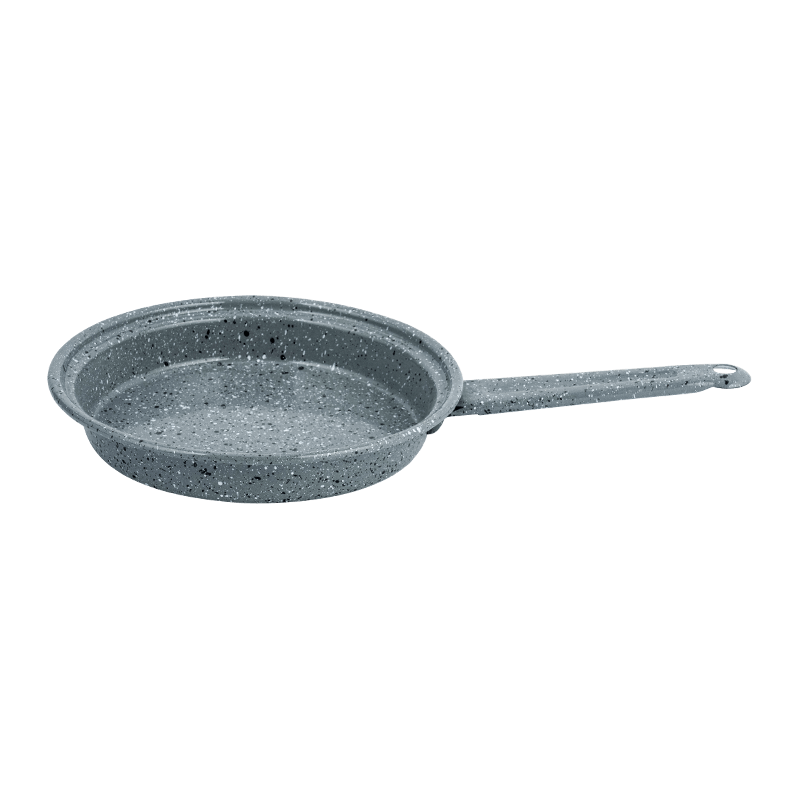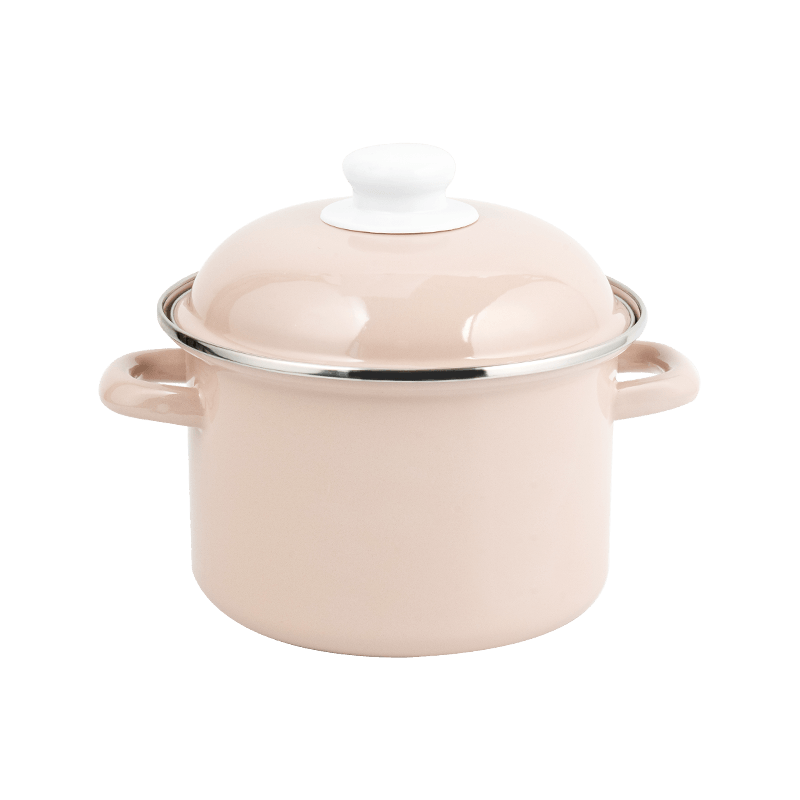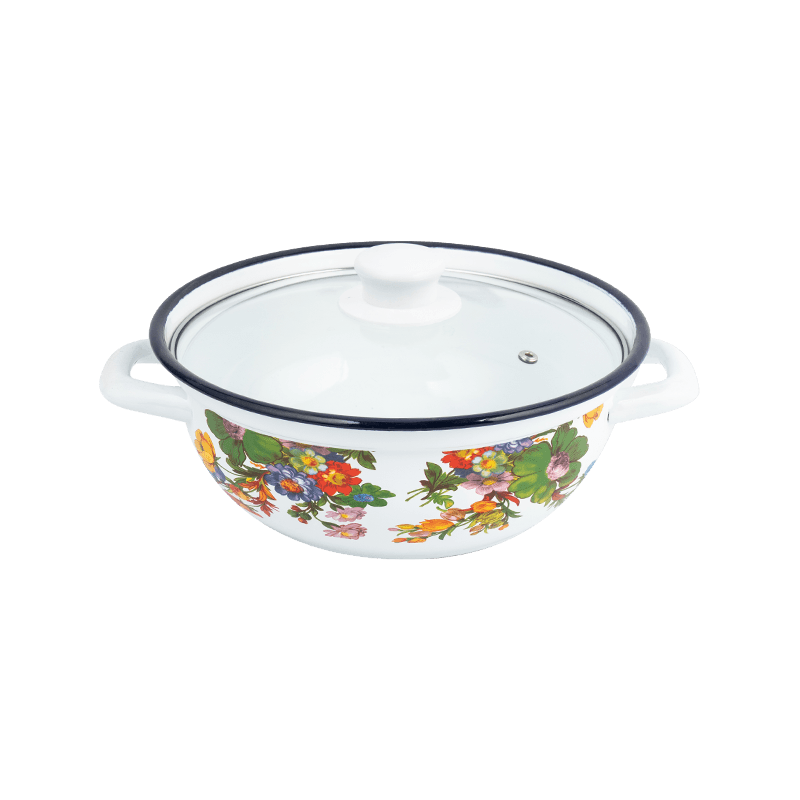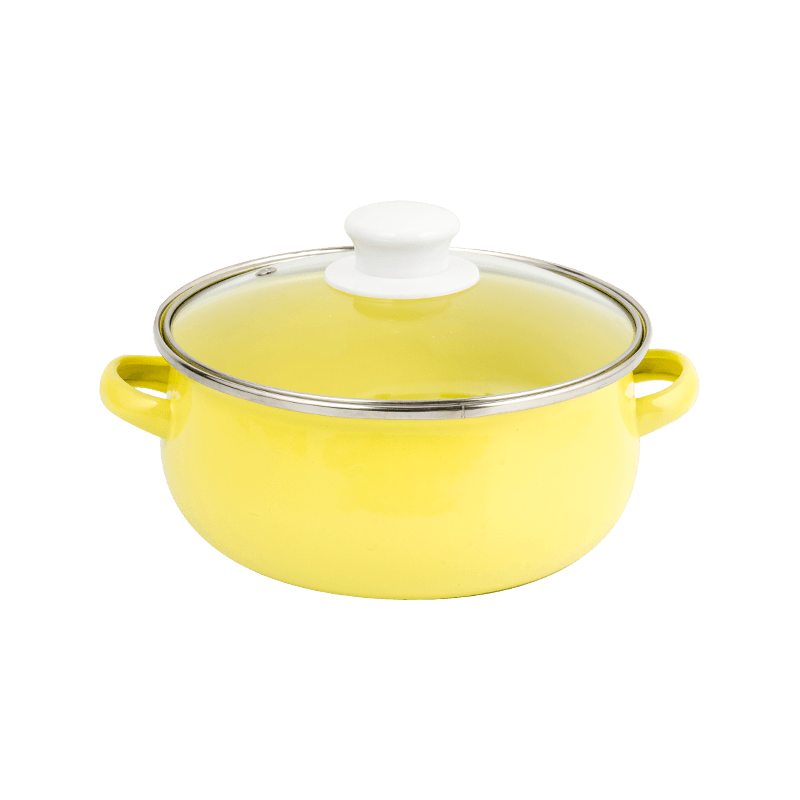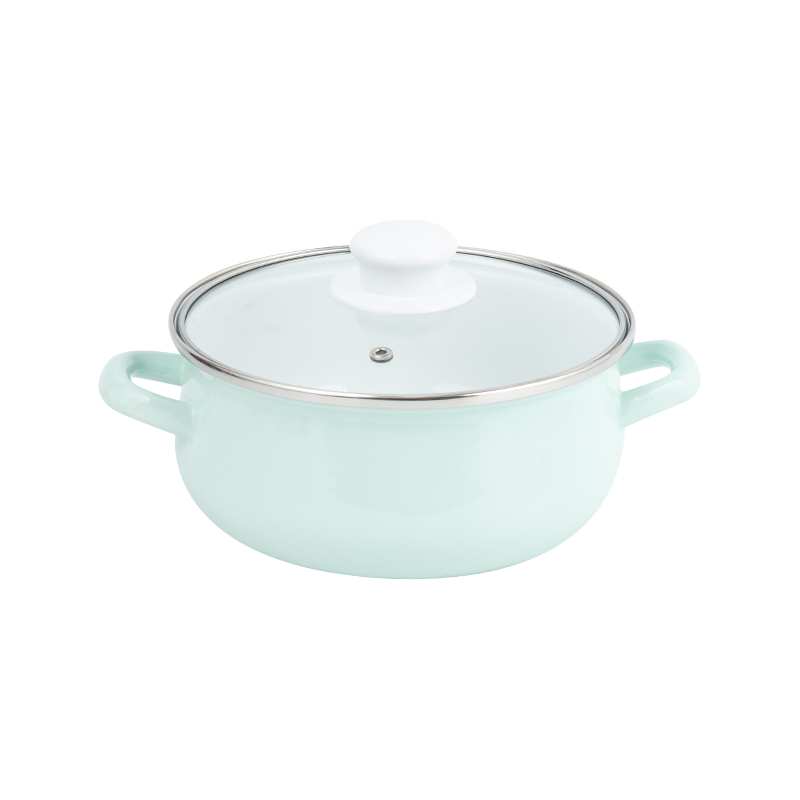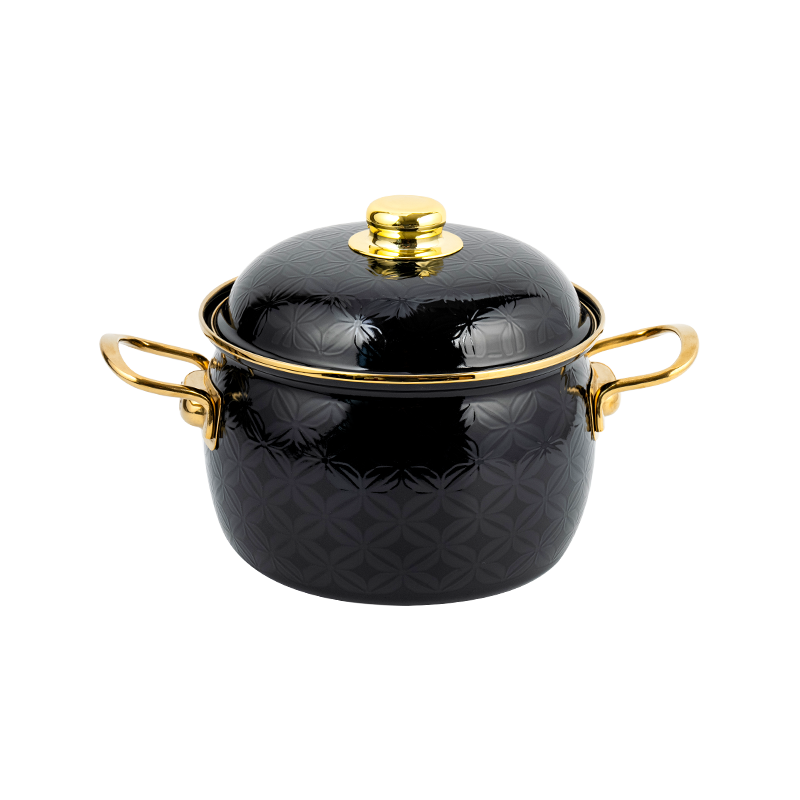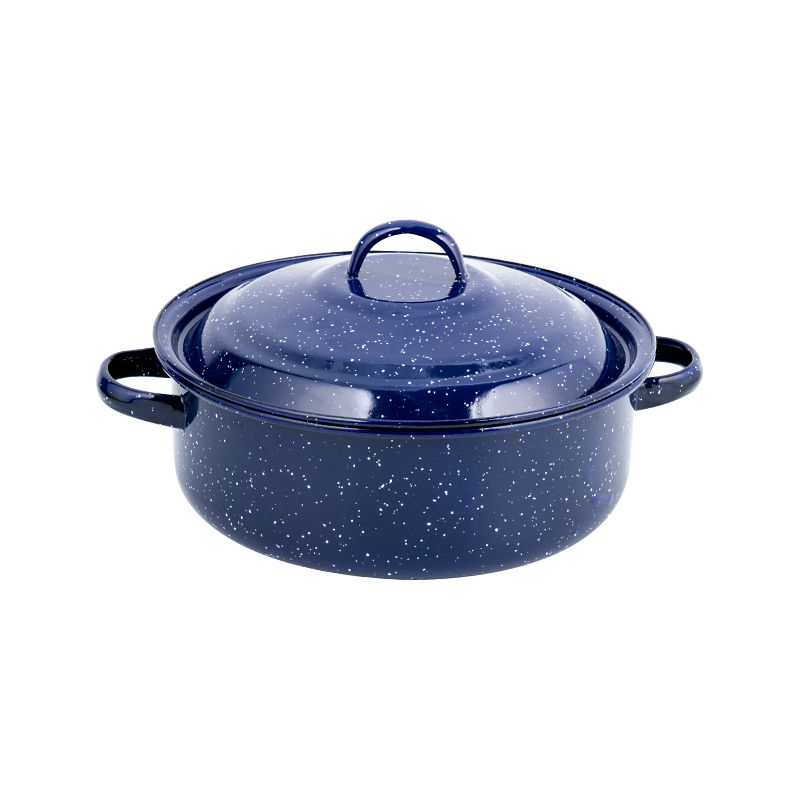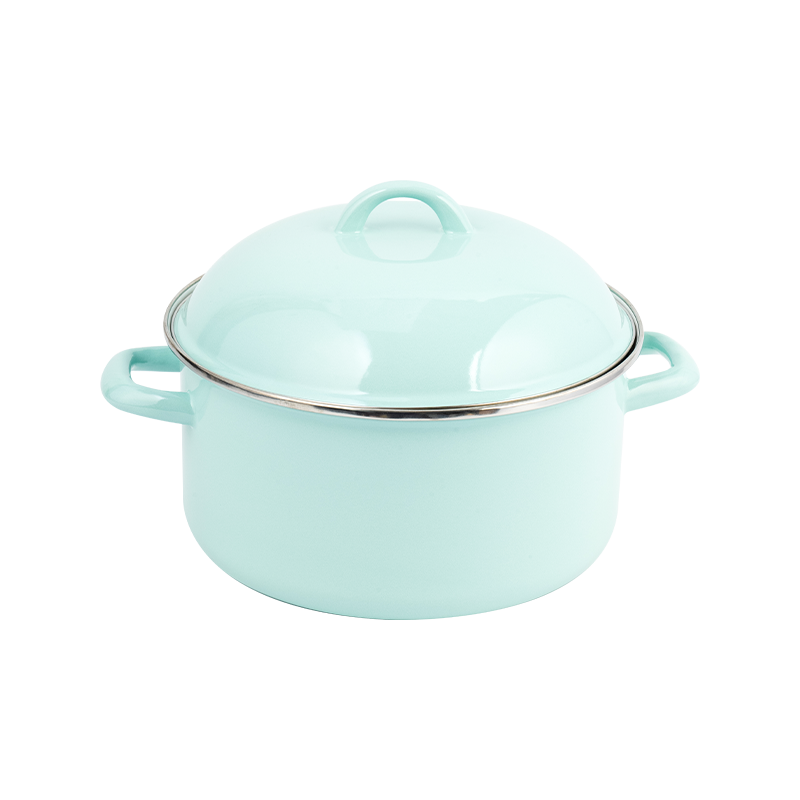When it comes to selecting cookware for professional or home kitchens, the debate between enamel-coated and traditional cast iron Double Handle Pots remains a hot topic. Both types boast durability and heat retention, but their differences in performance, maintenance, and application are significant.
Material and Construction
Cast iron Double Handle Pots are forged from solid iron, renowned for their ruggedness and ability to withstand high temperatures. Their raw, uncoated surface develops a natural non-stick layer (seasoning) over time.
Double Handle Enamel Pots, on the other hand, feature a cast iron core coated with a layer of glass-based enamel. This fusion combines the heat distribution of cast iron with a smooth, non-porous exterior that resists rust and eliminates the need for seasoning.
Heat Retention and Distribution
Both materials excel in heat retention, making them ideal for slow-cooking stews, braises, and soups. However, cast iron heats more slowly and evenly, which minimizes hot spots—a trait favored for searing meats. Enamel-coated variants share similar thermal properties but may respond slightly faster to temperature adjustments due to their lighter enamel layer.
Durability and Maintenance
Traditional cast iron requires diligent upkeep: drying immediately after washing to prevent rust and periodic re-seasoning. While durable, its porous surface can absorb odors or react with acidic ingredients like tomatoes.
Double Handle Enamel Pots simplify maintenance. The vitreous coating is naturally non-reactive and rust-proof, allowing easy cleaning with soap and water. However, enamel can chip if subjected to sharp utensils or abrupt temperature changes, compromising longevity.
Aesthetic and Functional Versatility
Enamel-coated pots shine in versatility. Available in vibrant colors, they transition seamlessly from stovetop to tabletop, doubling as stylish serveware. The double-handle design ensures secure handling when moving heavy dishes.
Cast iron’s utilitarian appearance leans toward rustic charm. While less decorative, its raw surface can be used on open flames or in ovens, offering broader compatibility with unconventional cooking methods.
Choose cast iron if you prioritize indestructibility, high-heat cooking, and don’t mind regular maintenance. Opt for a Double Handle Enamel Pot for hassle-free care, aesthetic flexibility, and resistance to acidic ingredients. Both are lifetime investments, but their suitability depends on your cooking style and lifestyle.

 English
English 中文简体
中文简体




